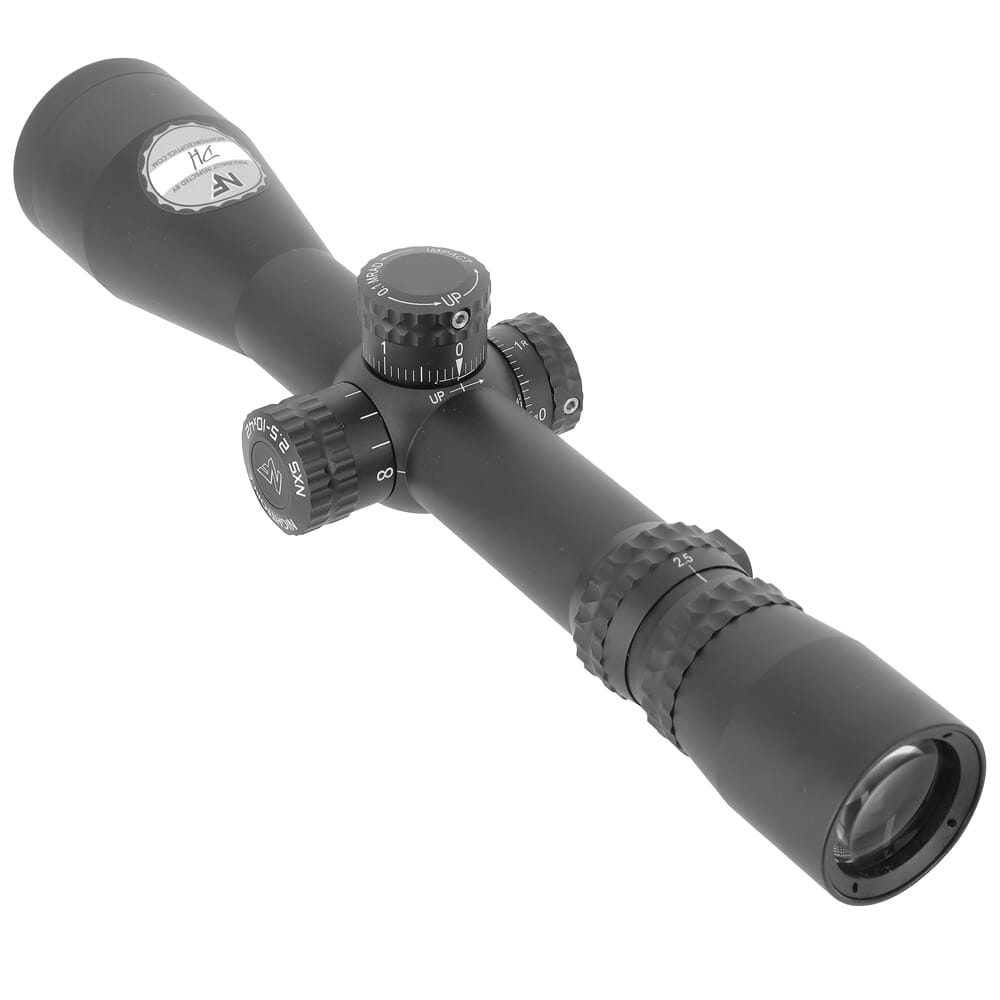My project may be odd to this forum, but whatever... I'm trying to push the boundaries of a scout rifle. I've been hunting and training with this platform for over 20 years and I understand where it shines. Fast shots, at shorter distances (inside 300 yards) is the wheelhouse for this. But y'all have finally convinced me that I've limited myself too much. The gun is capable of more. I set out on a systematic effort to find an optic that would open up the possibility of longer shots while retaining most of the handiness that is so appealing to me.
The criteria is this: no more than 3x on the low end and preferably 2.5X. Top end around 10X. SFP because much of my hunting happens at dusk and I value speed onto target. 20 ounces or less. Must have at least 26 mils of internal adjustment because my rifle doesn't have the option of a canted base. The Steyr Scout has Weaver slots for scope mounting built into the aluminum receiver. Easily adjustable turrets - not capped.
There are surprisingly few scopes that meet all of this but I settled on the Nightforce NXS 2.5-10X42.
My problem is the reticle. I have a store credit at Optics Planet because they sold me a Leupold Mark 3 that was advertised with 36 mils of internal adjustment when it really only has 18. Since I had mounted it, they would only do credit for the return. Fine, but they don't have the MRAD version of the Nightforce in stock and the backorder is 2-5 months. I've only ever used MOA and I'm not looking for a specialized long range optic but I did want to take a class or two with it and figured MRAD would be advantageous. I know MOA will work but I feel like the language of the long range community is nearly universally MRAD. I don't want to limit my training because I have an MOA scope.
Am I making too much of the MRAD issue? Does it matter? Related to this, is there a scope I'm not considering? I considered the Swampfox 1-10 but I just don't trust the long term robustness of it and the reviews seem mixed.
The criteria is this: no more than 3x on the low end and preferably 2.5X. Top end around 10X. SFP because much of my hunting happens at dusk and I value speed onto target. 20 ounces or less. Must have at least 26 mils of internal adjustment because my rifle doesn't have the option of a canted base. The Steyr Scout has Weaver slots for scope mounting built into the aluminum receiver. Easily adjustable turrets - not capped.
There are surprisingly few scopes that meet all of this but I settled on the Nightforce NXS 2.5-10X42.
My problem is the reticle. I have a store credit at Optics Planet because they sold me a Leupold Mark 3 that was advertised with 36 mils of internal adjustment when it really only has 18. Since I had mounted it, they would only do credit for the return. Fine, but they don't have the MRAD version of the Nightforce in stock and the backorder is 2-5 months. I've only ever used MOA and I'm not looking for a specialized long range optic but I did want to take a class or two with it and figured MRAD would be advantageous. I know MOA will work but I feel like the language of the long range community is nearly universally MRAD. I don't want to limit my training because I have an MOA scope.
Am I making too much of the MRAD issue? Does it matter? Related to this, is there a scope I'm not considering? I considered the Swampfox 1-10 but I just don't trust the long term robustness of it and the reviews seem mixed.



